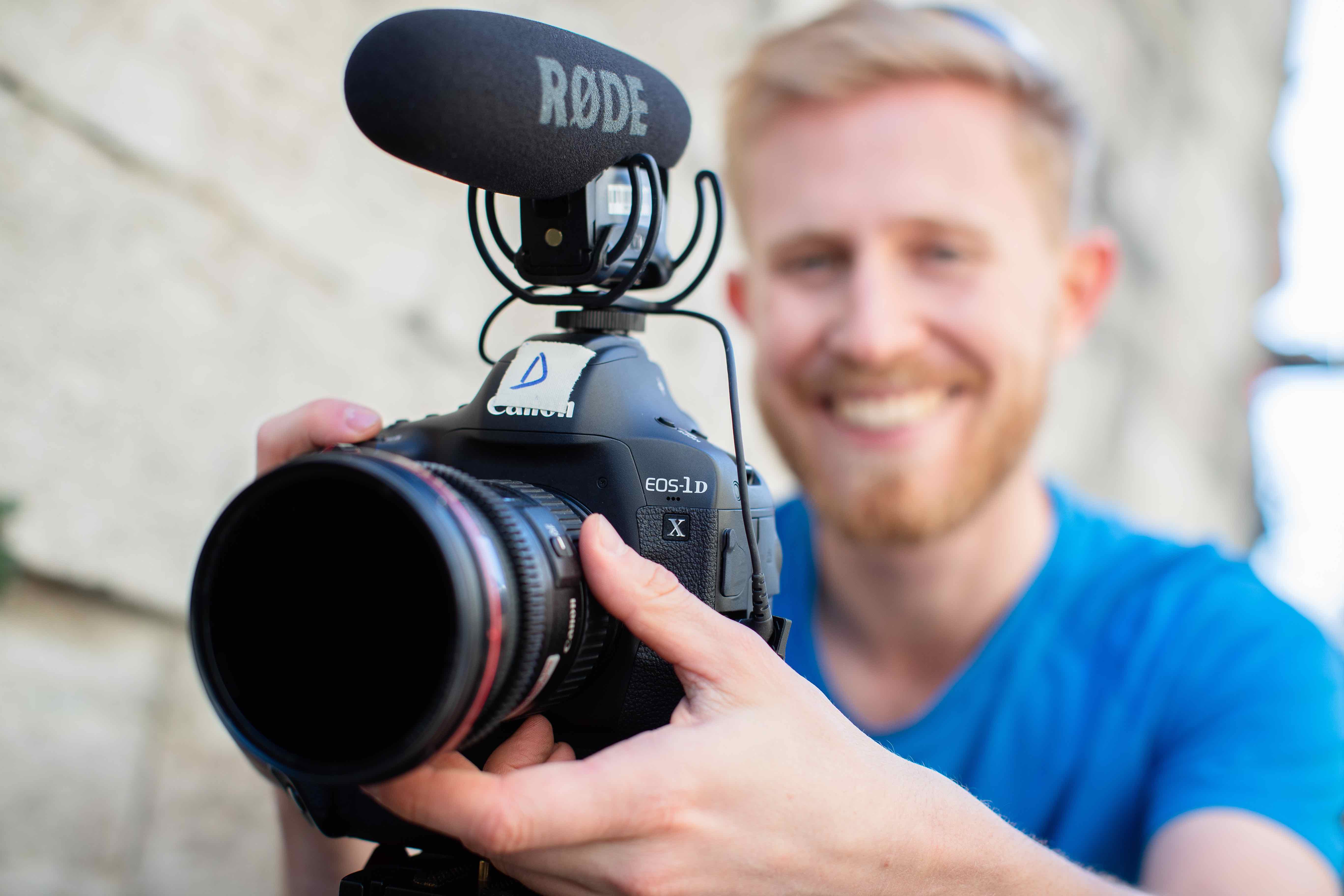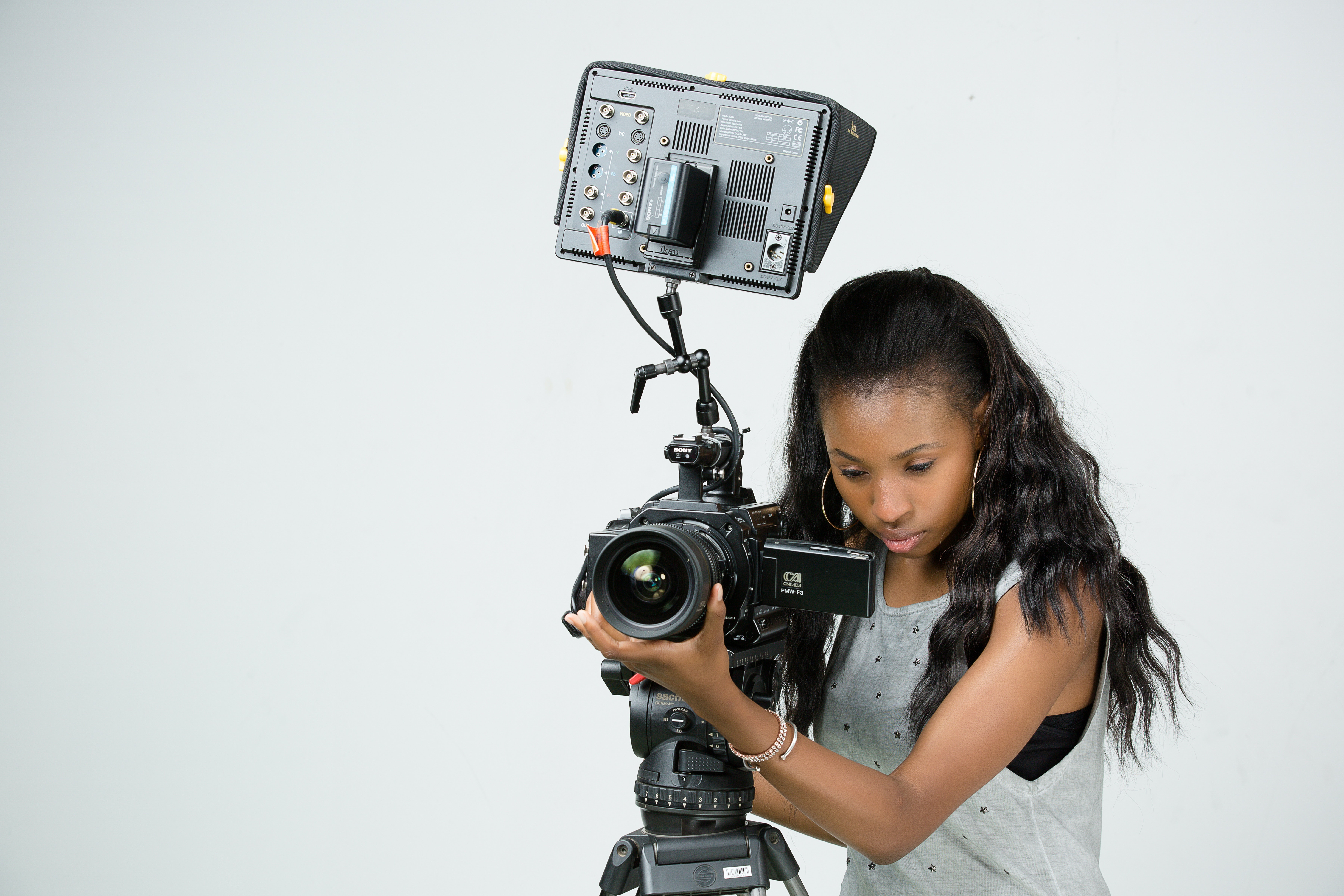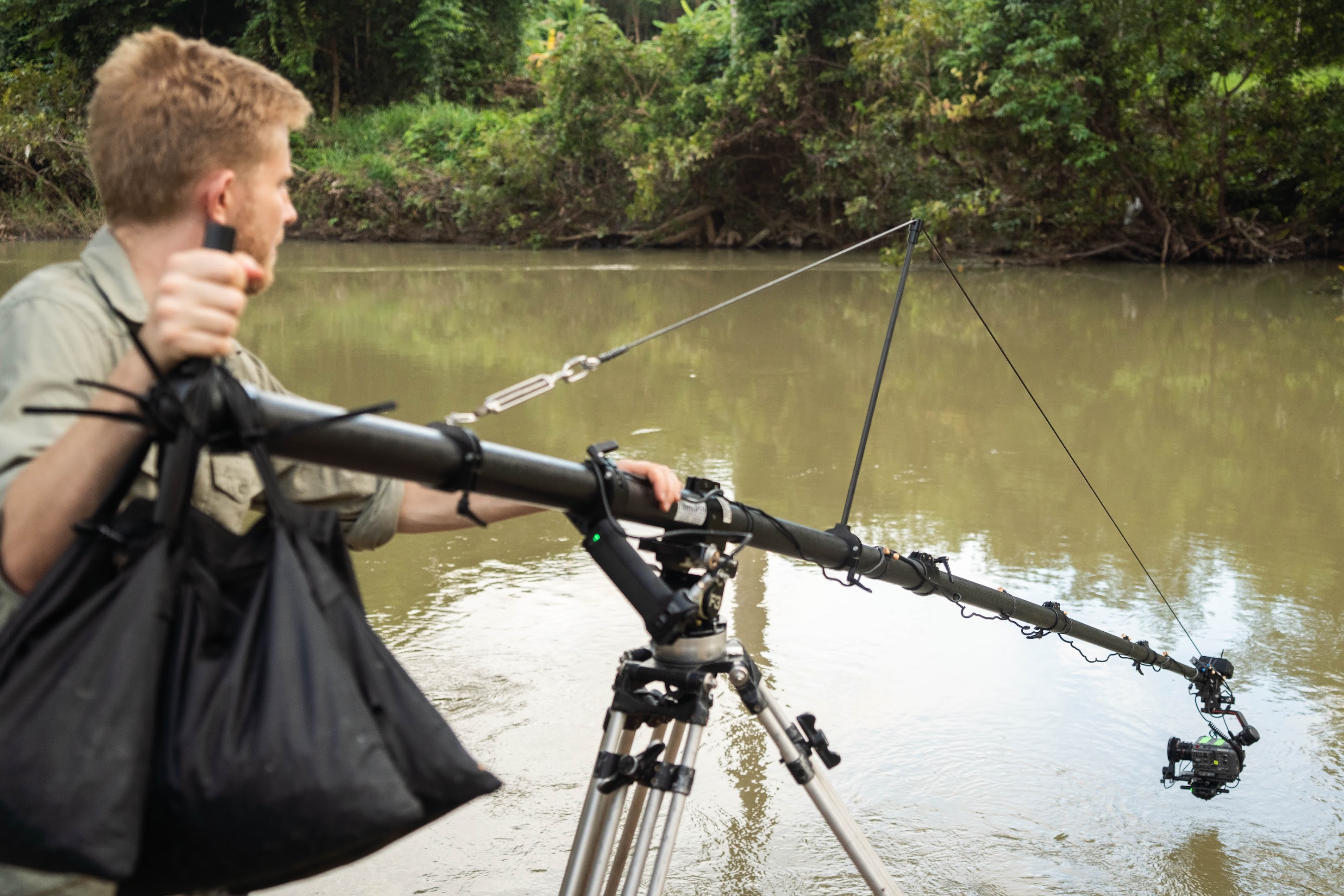How to Keep Your Subject in Focus as a Solo Filmmaker

On traditional Hollywood movie sets, they have a wireless follow focus that is attached to the camera lens and a trained professional called a focus puller, whose sole responsibility is to keep the subject in focus. The camera team will also do rehearsals where the focus puller can practice the focus movements to ensure they nail the focus when filming the actors. However, when filming a documentary on a small budget and often by yourself, it’s very unlikely you’ll have access to these tools and a professional focus puller, especially when you’re just starting out.
How to Perfectly Focus Moving Subjects When Filming Solo
But not to worry, there are a number of techniques you can use that don’t require an expensive follow focus and a professional focus puller, to keep your subject in focus.
So I have six different techniques I like to use as a solo filmmaker, to keep my subject in focus when filming.

How To Keep Focus When Filming Solo
1. How to Keep Your Subject in Focus Using a Fixed Focus
This is when the camera and your subject are stationary. For example, if you’re shooting an interview or a portrait shot. To achieve a fixed focus move the focus ring on your lens until the subject comes into focus.

2. How to Keep Focus by Moving in Sync With Your Subject
To achieve this focusing technique you need to set the distance you’d like to maintain between you and your subject, then set the focus, and then get the subject to move towards you or away from you, and as they move you maintain the distance by moving backward or forwards with them, keeping the same distance at all times. This can take a bit of practice as it’s very easy to go too fast or too slow and not be in sync with your subject and then lose the focus point. But if you’re able to keep the same distance while moving after setting the focus - your image will stay pin sharp!

3. How to Bring Your Subject Into Focus
Set your focus point and then let the subject come in and out of that focus point. The hardest part of this technique is knowing where to set the focus, especially if you only have one attempt at getting the focus right. One way you can set the focus mark is by looking for a point on the ground that you know the subject will be going past and use that as a focus point.

4. How to Keep Your Subject in Focus By Filming With a High F-stop
Increase your camera's f-stop until the foreground and background of your shot are both in focus (if you're still getting your head around camera settings, this resource might help). I used this technique when I was filming a high-intensity scene for Red Bull with an athlete jumping out of a helicopter, I only had one take to get the shot and I couldn’t afford to get the focus wrong and ruin it, as it was a crucial moment in the sequence. To avoid any mistakes and ensure the subject stayed in focus, I filmed the scene at a high f-stop. The downside of filming at a high f-stop is that you won't have a shallow depth of field, so your shot won't look as cinematic. That's why I would only use this technique for wide shots and action sports where I want everything to be in focus and I don't need a shallow depth of field.

5. How to Keep Your Subject in Focus Using Manual Focus
This requires having one hand on the focus ring at all times and adjusting it whenever the focus point changes. This technique requires the most practice and it helps to have an external monitor, especially on sunny days if you can afford it, invest in a follow focus which is a device that attaches to your camera lens and helps you keep your subject in focus. One of the things that helped me with manual focusing is really getting to know the lens. Knowing which way to turn the lens if my subject is moving towards or away from me. A good way to practice focusing is by pushing a swing and as it moves back and forwards, try and keep the swing seat in focus.

6. How to Keep Your Subject in Focus Using Autofocus
Autofocus is a technology that was originally created by the camera manufacturer, Leica, in 1976 for photography cameras, but this technology was no good for video and just created a lot of unusable footage. Then in 2013, Canon introduced Dual Pixel CMOS Autofocus in their new Canon EOS 70D which was a game-changer for solo filmmakers as it provided smooth, high-performance focus tracking without the need of a focus puller. Then other camera manufacturers such as Sony and Panasonic came out with similar auto-focus technology that was optimised for video and over the years it has continued to get better and better.

Documentary Filmmaking: Autofocus vs. Manual Focus
While autofocus in cameras has greatly improved, offering speed and the ability to track subjects, it's not perfect. Sometimes, autofocus might focus on the wrong part of a scene, which can be problematic in documentary filmmaking where deciding what to focus on can tell a story all by itself. For example, choosing whether to focus on a person in the foreground or an object in the background can change the meaning of a shot. Using manual focus gives filmmakers full control, allowing them to decide exactly what should be in focus to guide the viewer's attention and enhance the story. However, for those filming alone or in fast-paced situations, the advanced features of modern autofocus can be incredibly helpful, making it easier to capture moments as they happen without losing focus.
Mastering Focus as a Solo Filmmaker
Achieving a sharp focus is an art and science that every filmmaker, especially solo documentary makers, must master. While Hollywood sets have the luxury of specialised equipment and professionals, independent filmmakers can still ensure their subjects remain in sharp focus using a variety of techniques. From the simplicity of fixed focus to the advancements in autofocus technology, there's a method suitable for every scenario. By leveraging the techniques discussed in this blog, you can ensure that your visuals are as captivating as your story. Whether you're just starting out or looking to refine your skills, these focus techniques will be invaluable tools in your filmmaking toolkit. If you're wanting more filmmaking tips, here's a free training I put together where I share: 10 Secrets to Creating Cinematic Documentaries
















